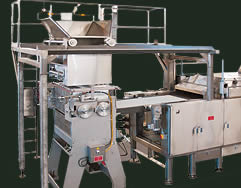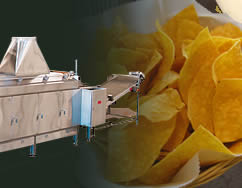How Freight Affects the Cost of GrainFri, 21st Jun 1991Thomas Clay McCaleb  Many factors determine the cost of freight which in turn affects the cost of your corn; however, now I'll deal with the most common one: your receiving system. The way you, the manufacturer, receive your grain limits the options I, the supplier, have to deliver it. BAG vs. BULK If you're a bag corn user, here are some things to consider. First, the added cost of the paper and pallet. Sometimes there's also a bagging charge, as well there should be. Then there's the added weight of paper and pallet. A 50 pound bag weight 8 ounces, so figure 1 pound per 100 weight of grain. Each pallet will weight from 20 to 40 pounds depending upon the type of wood. When you figure that most full truck loads of bag corn contain 45,000 pounds of grain on 18 pallets, plus 450 pounds of paper, you can begin to see how the cost of freight adds significantly to your costs. Sometimes a supplier can work to reduce your freight cost. He can be alert for new independent haulers that are building a clientele or he can keep abreast of the changing freight network available to him. I've tried several angles that might work for you. For example, piggy-backs for delivery of 700 miles or more are a cost saver, especially going East. Warehouse distribution works very well because you can utilize a cheaper box car rate. This works best when you can pick up your own corn. Flat bed trucks are often cheaper but damage due to weather or shifting of freight can get expensive. Vans are by far the best way to deliver bagged corn especially if you can arrange a back haul. In fact, a good supplier should be in touch with as many freight forwarders as possible to arrange it. Bulk corn is slightly more expensive to move per pound than bag corn, but the savings in paper and ballet costs easily offset the added rate. Another great thing about bulk corn is the ease of handling the corn from truck to tank to tub. And, of course, it takes up less storage space.
Fri, 21st Jun 1991 |







